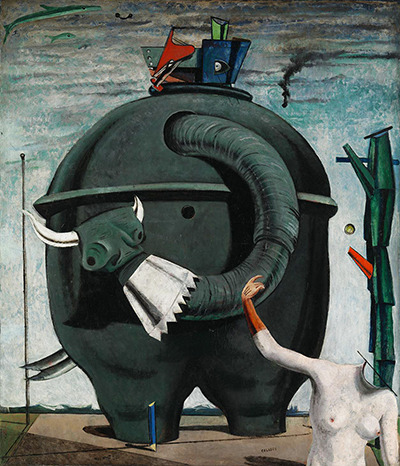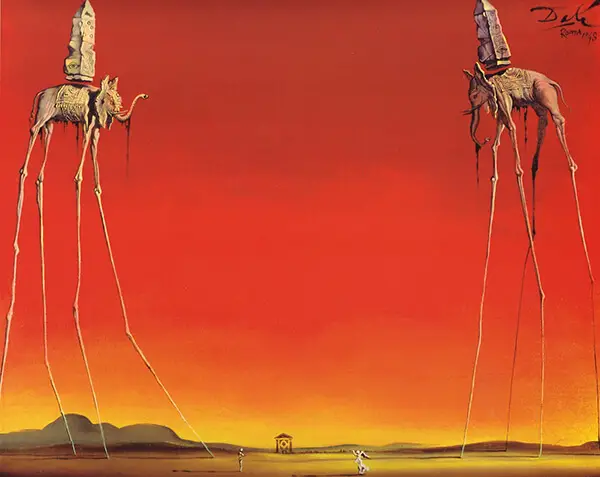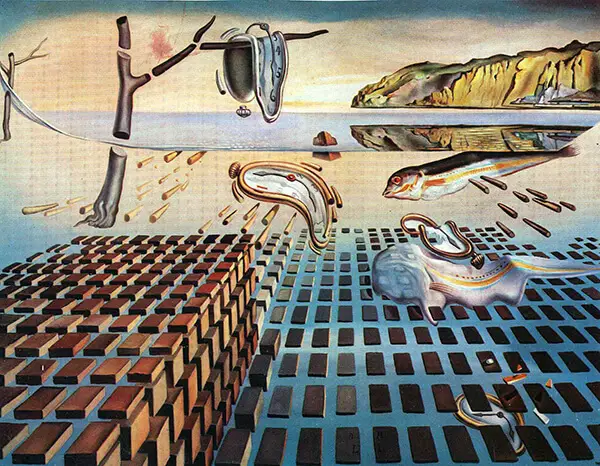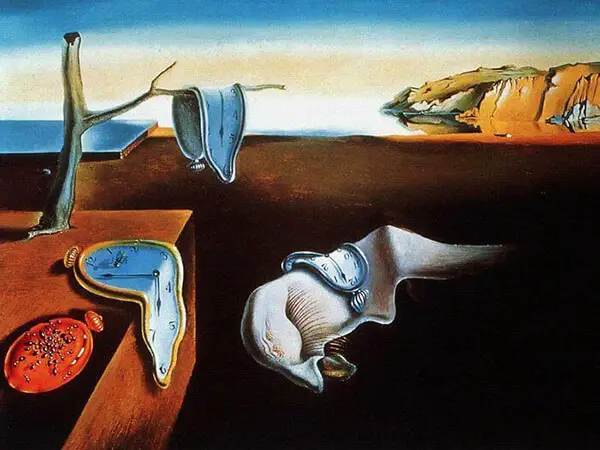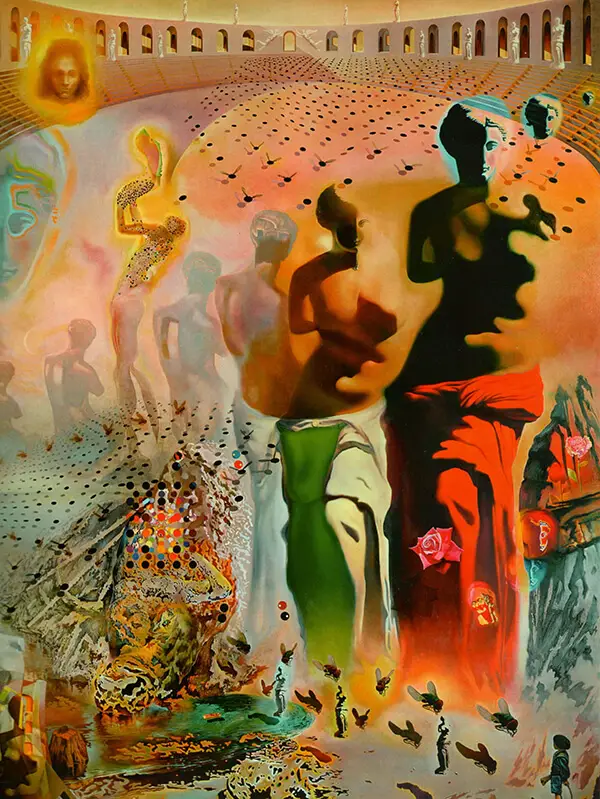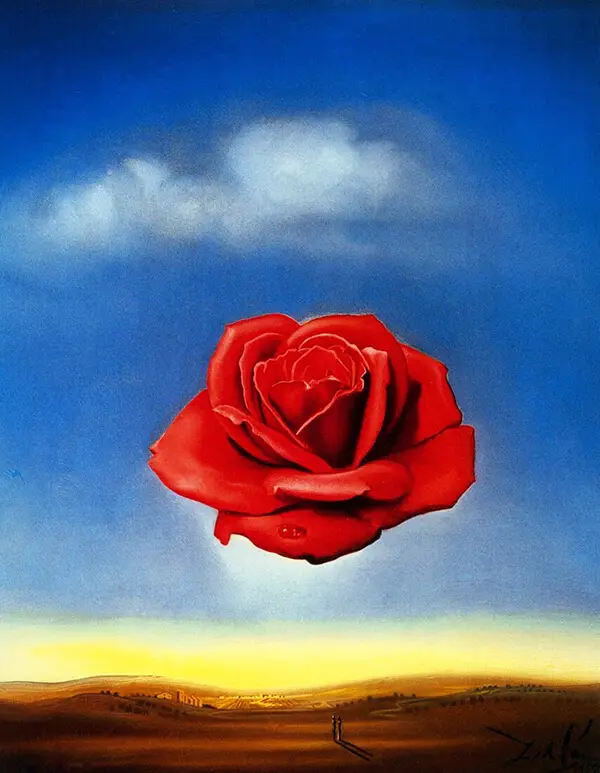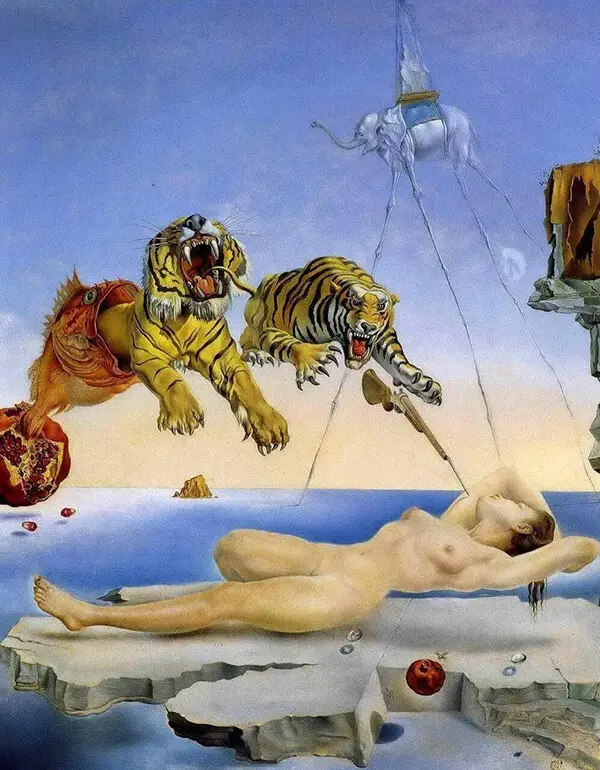The artists felt that it was time for reality and our dreams to become more closely aligned within art. Salvador Dali's paintings provide an excellent example of that, but he was not actually an original member of the group. He is believed to have joined by around 1929, by which time the existing members had already helped to shape changes within disciplines such as the visual arts, literature, film, and music across several different nations. He clearly would have seen an exciting momentum building by the time that he joined and also would have appreciated meeting so many who were turning their backs to traditional art. In its earliest form, Surrealism included several different groups with their own ideas, and not many members, and this began in around the late 1910s. A decade later, it was a more organised movement with a clear direction and much greater participation.
There was a movement called Dadaism prior to this which is believed to have been the biggest inspiration for this new development. By around the late 1920s, the group involved with Surrealism contained some names which are now considered amongst the most significant artists in 20th century art, including Salvador Dali, Max Ernst, Paul Éluard (Gala Dali's first husband), Man Ray, Hans Arp, Joan Miro, Marcel Duchamp and Yves Tanguy. They sought to take entirely normal objects from their lives but to re-arrange them into a surrealist, dream-like formation which would narrow the gap between reality and non-reality. When one looks back to the early periods of the Renaissance, we had all moved on a long way, through more expressive styles, to impressionism and now with a truly new method of art. Naturally, as with all new art movements, there was considerable resistance from some quarters in its early years before greater acceptance started to be realised.
The Surrealists took inspiration and guidance from a number of different theories, constantly studying and discussing the right way forward. They would find Freud to be of particular interest and were interested in the various investigations into the workings of the inner mind. Freud himself looked into dreams with great intent and this appeared to work closely with the beliefs already held by this collection of creatives. Dali himself regularly spoke about Sigmund Freud as an inspiration for both his work and also his life in general, finding time where he could to research the findings of someone generally regarded as having been the founder of psychoanalysis. The artists started to believe that the further gap between the reality of items included alongside each other in their compositions, then the more powerful and breaktaking the final artwork would be. Inevitably, some members of the group would start to see this artistic revolution as something that could be repurposed for politics and it would then be linked to movements such as communism and even anarchism. Not all agreed with that connection, though, and wanted Surrealism to remain connected only to the world of art, music and literature.
